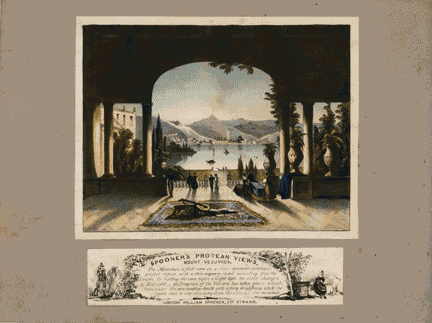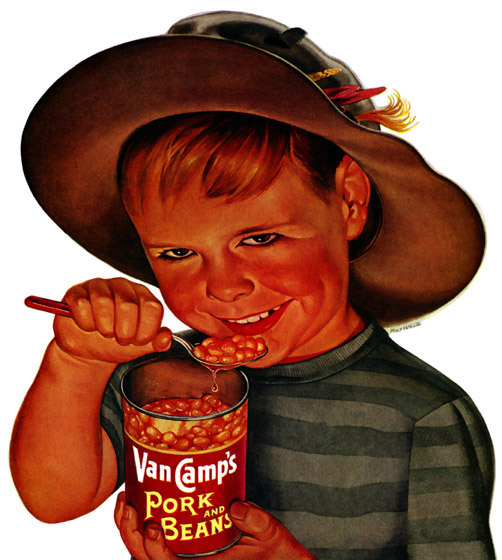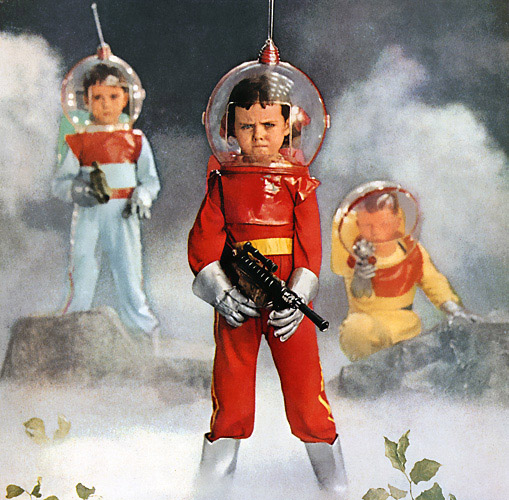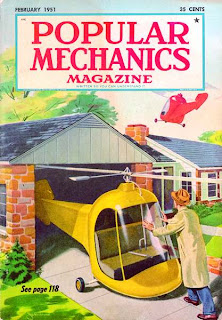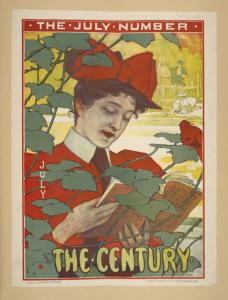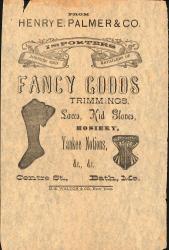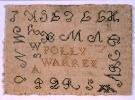 www.actuporalhistory.org
www.actuporalhistory.orgAuthor Sarah Schulman and filmmaker Jim Hubbard draw on their own experiences as ACT UP/New York activists to create and sustain the ACT UP Oral History Project. The AIDS Coalition to Unleash Power (ACT UP) started in 1987 in New York with chapters in various cities starting and continuing the work. Jim Hubbard describes the motives and methods of the creative media machine: “In 1987, ACT UP emerged not only with the determination to end the AIDS crisis through non-violent civil disobedience, but also with a knowledge and understanding of the mass media that enabled a small group of people to utterly change America's view of AIDS. In 8 years, the lesbian and gay movement had gone from deathly fear to master manipulator of the media. ACT UP’s remarkable success and its notable failures must be documented, explored and analyzed in all its complexity.”
The interview project began in 2002, and the online site for the ACT UP Oral History Project serves as a digital archive in the sense that it includes five-minute clips from each of 102 interviews (the numbers range from 002-103, significantly holding the first spot, 001, for the undocumentable memory of the movement itself). The video clips are accompanied by a pdf of the transcript, and the index to the transcripts is available on the website. Unedited tapes of the videos are archived at both the San Francisco and New York Public Libraries. The digital collection that is the website presents the sheer number of activists involved and posts clips of each interview, so there is no digital collection selection since all of the interviews are partially digitized. The collection goal of the oral history project is to interview all surviving members of ACT UP. The collection continues to grow; the most recent interview was performed on October 21, 2008, though not all of the 2007 videos have been digitized (only the transcripts appear) and none of the 2008 interviews have transcripts or videos posted. The collection is clearly an ongoing and growing work.

Each interview is given a number chronologically as the interviews are generated, so the collection is organized chronologically by number. Viewers can select a link to an alphabetical list if searching for a particular name, but there is no search function. The organization of the digital archive just gets the information out there but is not interactive or easy to move among related groups of information.
Each interview, then, is accompanied by minimal metadata. The metadata includes the name of the person interviewed, the date of the interview, the number of the interview, and a thematic title that entices the viewer to watch the video clip. For example, the clip of the interview of Moises Agosto is titled “ACT UP Puerto Rico,” Jim Eigo’s interview tag is “A Queens Housewife,” Amy Bauer’s is “Why We Do Civil Disobedience.” The collection as a whole includes a thematic index, similar to an index in a book, that lists subjects addressed and the interview number and page number where viewers can locate that reference. For example, references to “Academia” can be found on “3/6, 3/9,” that is, in interview 003 on pages 6 and 9. The index includes links only when an entry includes a cross-reference, then viewers can click to go to the connected index listing. For example, “FDA” includes a note to “See ACTUP Actions: Seize Control of the FDA,” where “ACTUP Actions: Seize Control of the FDA” is a link to that index entry.
Perhaps since this activist project is primarily a memory project rather than an archiving project, there is no information about the interviewing process or about the digital objects. Though the ACTUP Oral History Project is a program of MIX-the New York Lesbian and Gay Experimental Film/Video Festival, there is no information about the filming and editing process beyond Jim Hubbard’s project statement in which he briefly describes “the straightforward videotaping of extended interviews utilizing a tripod-bound camera (although I am shooting with a second, hand-held camera).” The PDF documents do not include information about their size or origin, but they are clearly digital originals.
The multiple audiences for the project speak to the multiple values of activist archives. Sarah Schulman explains that the “purpose of this project is to present comprehensive, complex, human, collective, and individual pictures of the people who have made up ACT UP/New York. These men and women of all races and classes have transformed entrenched cultural ideas about homosexuality, sexuality, illness, health care, civil rights, art, media, and the rights of patients.” Sarah Schulman points out that researchers are a core audience for the project, since she noticed in the early 2000’s that “[r]esearchers could not figure out how ACT UP worked, what it did, who was in it (if I saw ACT UP referred to once more time as a white, middle-class, male organization, I was going to lose my mind.) Most importantly, the younger researchers could not conceptualize the level of oppression that we lived with. The cruelty that we were subjected to, and how very very much alone we were.” Activists comprise another core audience, Schulman explains, since the interviews offer models and histories: “when many of us feel that we cannot make change—we can watch people who did make change, and find out how it's done.” Schulman articulates a broad vision that urges researchers and activists to look at the diversity of ACT UP’s influences: “Researchers and activists interested in vaccine history would be as served as those interested in the history of AIDS prevention for Asian gay men. People interested in AIDS and the Catholic Church would have data, as well as people interested in AIDS and the Black church. The social universe that ACT UP engaged would be cumulatively available to inspire and inform the future.”
Finally, the archive reminds us that the work is ongoing: “ACT UP continues to fight to end the AIDS epidemic. For more information on ACT UP's current activities, see their website
www.actupny.org.”
 Cotsen Children's Library, Princeton University
Cotsen Children's Library, Princeton University